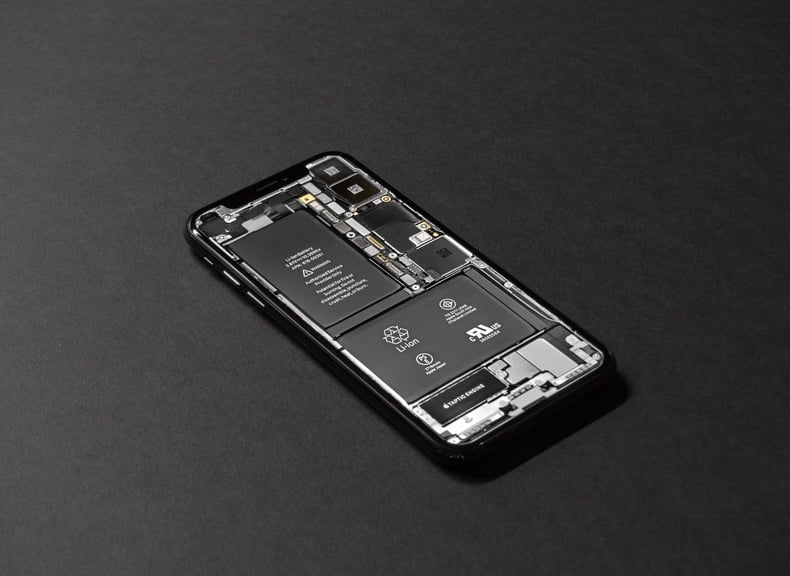Ryan Polley
As featured on MarTech Series
Innovation in advertising takes many forms. As technologists in Mobile Advertising, we spend a lot of time thinking about the creative palette itself–how the properties of the palette can enhance consumer experiences. As more content consumption moves to smaller devices, having the ability to transform those small screen experiences into larger, more immersive ones will be critical to the future of advertising.
Following Huawei’s latest announcement of the Mate X phone, which has both 5G capabilities and a foldable display, we are embarking on a pivotal time with the opportunity to create the next generation of mobile advertising.

Will Foldable Screen Work in Mobile Advertising?
Foldable and multi-page ads are not new concepts; they’ve been the stalwarts of advertising in magazines and newspapers for years. Using glossy, high-impact messaging featuring rich color and visual imagery, these traditional print ads played a key role in the branding strategies of major consumer companies and retailers, driving performance and attracting attention, with demonstrable success. But with the limitations inherent in print advertising, i.e., its inability to incorporate personalization, DR tactics, video, or data, marketers depended solely on art and design to transform a blank canvas into their brand story.
With foldable ads now available on mobile devices, is it as simple as re-purposing print assets for mobile? How do we take advantage not only of this new real estate but of the creative and technical possibilities of the device?
The first execution that springs to mind is a simple yet elegant one–present the consumer with a small ad that expands to an unfolded, full-screen experience. Further, with a call to action placed in that ad, you’ve created a “unfold to play” and “fold to stop play” experience.
Perhaps the next logical step is an “unfold to buy” execution, allowing the full ad experience to culminate in a completed purchase. An “unfold to go AR” could allow the action to create an augmented reality experience, presented on a full screen.
As an industry, we’ll need to re-evaluate around user expectations and usage. If the “swipe” is the current standard, will the fold create new customer expectations that advertisers can lean into? Maybe, but we can’t know how to model our advertising experiences until we’ve done some testing on various concepts. There clearly are opportunities for advertisers to help shape those expectations, again using brilliant creative executions that enhance the experience for the user. Only the method of delivery has changed.
It’s easy to see that the advent of foldable screens along with the coming launch of 5G will certainly change the way consumers interact with content and devices. Advertisers must take this opportunity to expand their own vision for interacting with a consumer on these devices.

